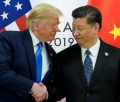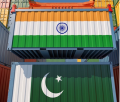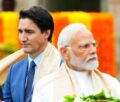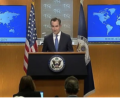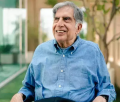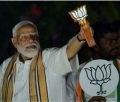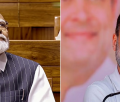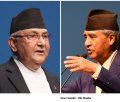Masses show impact

 By Mohammad Vazeeruddin
By Mohammad Vazeeruddin
There is plenty of evidence to suggest that the influence of Sufi Islam and the Bhakti Cult on Muslims and Hindus, respectively, is far too enormous for them to stray into communal madness exhibited by fringe groups.
For instance, there was a communal riot in Moradabad in Uttar Pradesh on Eid day in 1980. With the remorselessness of unalterable doom, the tragedy had a delayed fallout in the walled city of Delhi where riots broke out in May 1987.
Almost all newspapers said that more than 30,000 people had attended the Friday prayers at Jama Masjid where Shahi Imam Syed Abdullah Bukhari had appealed for peace, considering the tense situation. The congregation had started dispersing at 1-50 pm and riots started barely half an hour later, with a group of people at Hauz Kazi Chowk raising slogans that their co-religionists were being attacked. But innocent people took shelter, (had been given shelter, to be precise) in the houses of their neighbours belonging to the community that appeared to be safer in the particular localities.
Why did Muslims offer refuge to Hindu neighbours even when that meant risking their own lives, and why did Hindus hid in the houses of their scared Muslim neighbours? Could there be any explanation for their action except that Bhakti Cult and Sufi Islam had taught them to put humanity above religion?
By the same token, why did the All-India Muslim Conference appeal to Muslims to desist voluntarily from taking out processions on occasions like Milad-e-Nabi (the Prophet’s birthday) and Moharrum (Imam Hussain’s martyrdom day)? Significantly, this resolution was passed on April 19, about a month before the riots in Old Delhi, at the concluding session of a three-day conference convened in New Delhi by the Islamic Council of India to consider various problems facing the community and to present a well-thought-out programme for their solution. The resolution also appealed to Hindu and Muslim leaders to restrain their respective communities to ease communal tensions, and urged the government to regulate processions to avoid clashes.
More significantly, on December 18, 1986, tens of thousands of people marched through the streets of the walled city to demand an end to religious fanaticism. The participants in the nearly five-km-long peace march included school children, students and teachers of Delhi University, Jawaharlal Nehru University, and Jamia Millia, industrial workers, activists of several women’s organizations, and residents of resettlement colonies.
Mobilised by the All-Party Committee for Communal Harmony, the processionists walked from Ramlila Grounds to the Town Hall in the heart of Chandni Chowk after passing through some of the most densely populated areas of Old Delhi, such as Ajmere Gate, Hauz Kazi, Jama Masjid, Dariba and Esplanade Road, carrying paper flags with the message of communal harmony and raising slogans on the need for preserving it.
Shouts of sanity, such as ham sab ka ek hi naara, bana rahe bhai chara (our common slogan is that we will promote human brotherhood) and dharam ko rajneeti se alag karo (delink religion from politics), rent the air as the procession made its way through residential areas and commercial centres.
All along the route people had collected in large numbers to greet the processionists, and some of them even joined the march which was led by small children with industrial workers bringing up the rear. The Chandni Chowk traders had put up banners welcoming the marchers, and many shop keepers came out to cheer them.
Outside Gurdwara Sisganj devotees blessed the marchers, and an old Sikh woman offered them flowers. The mood was relaxed, and the far-from-synthetic camaraderie extended even to onlookers and passers-by.
Schoolchildren in their colourful uniforms added to the cheerful atmosphere; there was a loud applause as a group of children released balloons carrying the message of communal harmony.
Would so many people, young and old, have voluntarily participated in the march if their thinking had not been impacted by the wise teachings of the Bhakti Cult and Sufi Islam? That is a point to ponder.
-
Book Shelf
-
 Book Review
DESTINY OF A DYSFUNCTIONAL NUCLEAR STATE
Book Review
DESTINY OF A DYSFUNCTIONAL NUCLEAR STATE
- Book ReviewChina FO Presser Where is the fountainhead of jihad?
- Book ReviewNews Pak Syndrome bedevils Indo-Bangla ties
- Book Review Understanding Vedic Equality….: Book Review
- Book Review Buddhism Made Easy: Book Review
- Book ReviewNews Elegant Summary Of Krishnamurti’s teachings
- Book Review Review: Perspectives: The Timeless Way of Wisdom
- Book ReviewNews Rituals too a world of Rhythm
- Book Review Marx After Marxism
- Book Review John Updike’s Terrorist – a review
-
-
Recent Top Post
- Commentaries Record Pentagon spending bill and America’s hidden nuclear rearmament
-
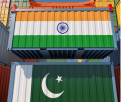 CommentariesNews
Ides of trade between India and Pakistan
CommentariesNews
Ides of trade between India and Pakistan
-
 Commentaries
How sustainable is the rhetoric of India-China Bhai-Bhai
Commentaries
How sustainable is the rhetoric of India-China Bhai-Bhai
-
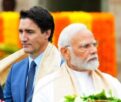 CommentariesTop Story
New Set of Diplomatic Strains with Canada
CommentariesTop Story
New Set of Diplomatic Strains with Canada
-
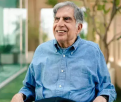 News
Ratan Tata’s Legacy
News
Ratan Tata’s Legacy
-
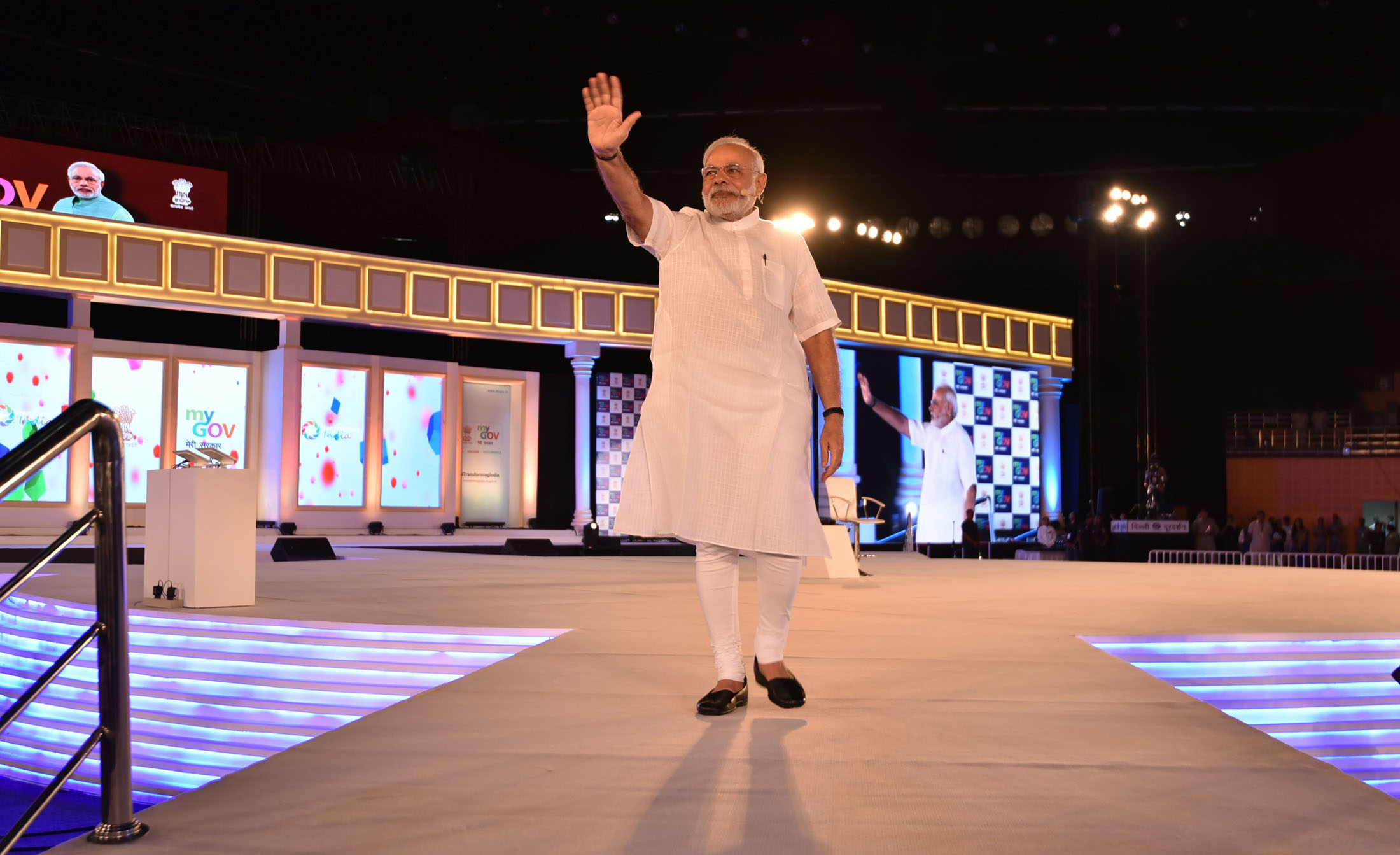 Commentaries
India’s Strategic Push on the World Stage
Commentaries
India’s Strategic Push on the World Stage
- Commentaries Veils of Resistance
- Commentaries Ensuring Safety for Women Healthcare Workers
-
 CommentariesTop Story
Palestinians at the cross- roads
CommentariesTop Story
Palestinians at the cross- roads
-
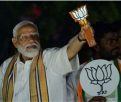 CommentariesTop Story
While Modi professes concern for the jobless, “his government’s budget escalates class war”
CommentariesTop Story
While Modi professes concern for the jobless, “his government’s budget escalates class war”
AdSense code





